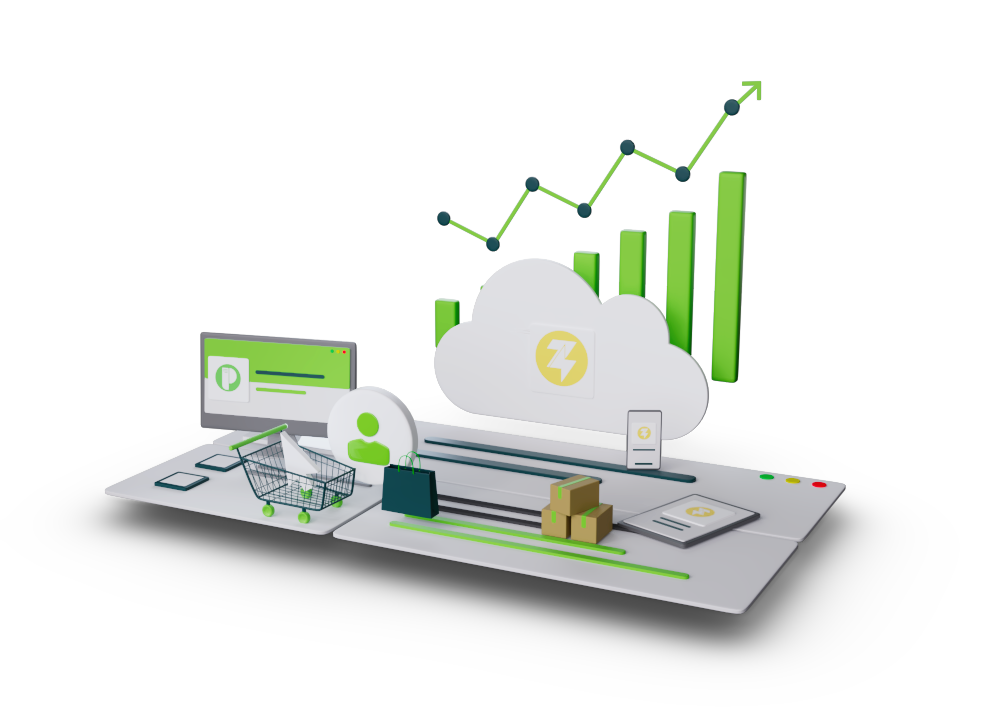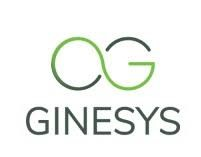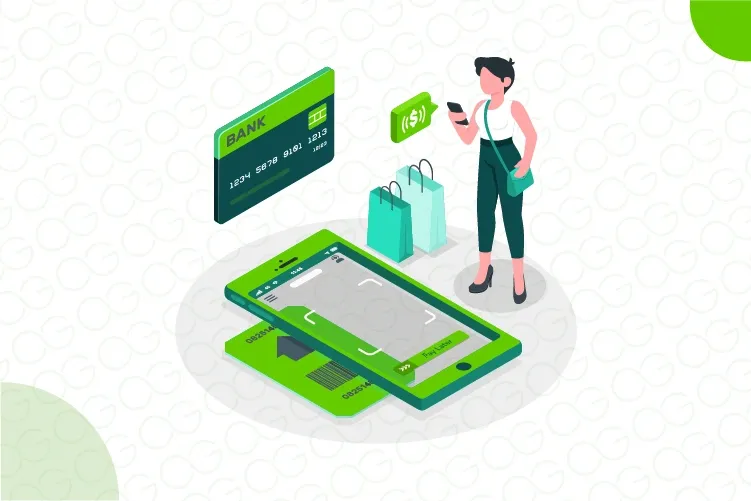How the ‘Buy Now, Pay Later’ Model is Changing Retail Payments
Retail payments are undergoing a transformation—and it’s not just going cashless. One of the most notable innovations in recent years is the rapid rise of the Buy Now, Pay Later (BNPL) model. Originally associated with online fashion brands, BNPL has now grown into a mainstream payment method reshaping how consumers engage with both digital and in-store purchases.
In 2024, the BNPL market was valued at $80.77 billion and is projected to reach 900 million global users by 2027. This highlights the model’s growing role in the e-commerce industry, where it ranks as the 5th most used payment method.
Recent studies show that BNPL drives both an increase in purchase likelihood and larger basket sizes, with consumers spending 10% more on average. This is particularly appealing to younger generations who prioritize financial control and flexibility. These digital-native shoppers demand speed, simplicity, and financial control. BNPL offers all three—allowing them to enjoy what they want today and worry about the cost tomorrow (without the debt traps traditionally linked to credit cards).
This year, the Shop Now, Pay Later model continues to grow with significant tech integrations. Major partnerships with mobile wallets and payment networks, such as Apple Pay and Google Pay, have expanded its reach.
In this blog, we’ll unpack how BNPL is reshaping retail payments, from changes in consumer psychology and retail strategy to tech integration and what it means for the future of commerce.
What is ‘Buy Now, Pay Later’?
BNPL is a modern-day installment payment model that allows shoppers to split their purchases into smaller, manageable payments—often with low interest—over a fixed period. Unlike traditional EMIs or credit cards, BNPL solutions are embedded directly into the shopping experience, offering instant approvals and no hidden fees.
The typical process is seamless: At checkout, a customer selects BNPL as their payment method. The BNPL provider instantly pays the merchant the full amount. The customer then repays the provider in 3–6 equal installments, with options for longer tenures sometimes offered based on eligibility.
What sets BNPL apart is its consumer-friendly approach—low to zero interest (if paid on time), no annual fees, and simplified digital interfaces. This appeals to both budget-conscious buyers and impulse shoppers who want to avoid large upfront payments.
Global leaders like Afterpay, Klarna, and Affirm, and Indian players like LazyPay, Simpl, and ZestMoney have democratized access to this credit model. They’ve made BNPL available not just on major e-commerce sites, but also on small-business platforms and apps. The Shop Now, Pay Later model is ultimately financial empowerment—delivered through UX, data, and trust.

Give your customers payment flexibility using Ginesys’ real-time ERP and payment sync features.
Consumer Behaviour is Shifting—And Fast
The Buy Now, Pay Later model taps into a deep psychological shift in how consumers perceive spending. In an age where instant gratification is normalized and digital experiences are the norm, deferred payments align perfectly with modern habits.
Transparency
Younger consumers, especially millennials and Gen Z, are wary of traditional credit systems. They view credit cards as opaque and laden with fees. In contrast, BNPL offers transparency, control, and immediacy. There’s no waiting for approval, no confusing reward point systems—just simple, clear payment structures.
More Conversions
This low-friction model improves cart conversions, especially at the final decision point. When faced with a ₹ 8,000 price tag, a shopper might hesitate. But split into four ₹ 2,000 payments, the purchase feels more attainable. This psychological reframing drives up transaction volumes and reduces checkout abandonment.
Faster Purchase Decisions
Moreover, BNPL helps reduce decision fatigue. With trust in fintech players growing, consumers no longer fear being misled by hidden charges. BNPL users are 28% more likely to make impulse purchases compared to traditional credit card users. The “try now, pay later” appeal also fuels impulse buying, especially in fashion, electronics, and beauty where instant gratification is a key driver of purchase decisions.
Retailers See a Win-Win Opportunity
For retailers, BNPL has turned into a conversion engine. According to LatentView Analytics, enabling Shop Now, Pay Later can increase average order value (AOV) by up to 30%. When customers know they can split their payments, they’re more likely to choose premium products or add more to their carts. This directly impacts revenue per transaction.
Retailers also report improved conversion rates and customer retention. Flexible payments create a sense of financial freedom that leads to repeat purchases, especially when paired with personalized offers or loyalty incentives tied to BNPL usage.
Even smaller retailers and D2C brands are catching on. Thanks to plug-and-play BNPL integrations with platforms like Shopify, WooCommerce, they can compete with larger players by offering the same affordability and convenience to their shoppers.
Moreover, since BNPL providers pay merchants upfront, retailers aren’t taking on credit risk. This maintains steady cash flow while still giving customers delayed payment options. While potential downsides like product returns or customer defaults exist, these are typically absorbed by the BNPL provider—keeping the model low-risk for merchants. This model therefore does not just boost sales. It’s helping retailers build trust and relationships in a customer-first economy.

Enable frictionless Buy Now, Pay Later payments across all channels with inesys’ omnichannel retail platform.
Buy Now, Pay Later Goes Beyond E-commerce
While BNPL started online, it’s no longer confined to virtual carts. Today, it’s making waves across physical retail environments through POS integrations, QR codes, and mobile apps.
Retail sectors like electronics, groceries, beauty, and healthcare are integrating BNPL to provide customers with financial flexibility at the checkout counter. Whether it's a Rs. 25,000 smartphone or a Rs. 5,000 grocery haul, shoppers now expect installment options—even offline.
QR-based BNPL systems and app-linked wallets are enabling shoppers to scan, select installment plans, and complete transactions in real-time. No long forms, no waiting—just a few taps at the cashier.
This shift is also driving the rise of omnichannel retailing. Customers can browse online, finalize purchases in-store, and still pay later—creating unified shopping journeys across touchpoints. Buy Now, Pay Later is increasingly seen not as a payment gimmick, but as a core customer experience feature. Retailers with a strong omnichannel presence are well-positioned to offer BNPL consistently across digital and physical environments—amplifying reach and revenue.
Risks, Regulations, and Responsible Usage
Despite its advantages, BNPL is not without concerns. As adoption soars, so do the risks of over-leveraging and consumer debt. Many users are unaware of repayment schedules or fail to understand the penalties for missed installments.
Without stringent checks, consumers—particularly younger ones—may find themselves juggling multiple BNPL payments, leading to a silent debt spiral. That’s why there’s growing pressure on regulators and providers to introduce transparency, credit checks, and accountability.
- In India, regulatory bodies like the RBI are moving to tighten rules around BNPL services. In 2024, the RBI issued guidelines requiring BNPL providers to report all transactions to credit bureaus to ensure better monitoring of consumer debt levels.
- The Indian government is considering amendments to the Consumer Protection Act to include specific provisions for BNPL services. These amendments aim to protect consumers from predatory lending practices and ensure that BNPL providers adhere to fair lending standards.
- Retailers must also take responsibility by partnering with ethical BNPL providers who prioritize customer education and data security. In 2025, the Ministry of Finance announced plans to introduce a certification program for BNPL providers, ensuring that only those meeting stringent ethical standards can operate in the market.
The Buy Now, Pay Later model’s long-term success hinges on responsible usage—both by consumers and providers. Educating shoppers, ensuring transparent terms, and avoiding predatory practices will determine whether it remains a sustainable innovation or faces regulatory backlash.

The Tech Behind Shop Now, Pay Later Integration
Under the hood, BNPL systems rely on advanced fintech architecture that combines real-time data flow, API-based integrations, and intelligent risk engines.
At checkout, BNPL providers use real-time credit scoring algorithms powered by AI/ML to assess a user’s eligibility instantly. These systems pull data from multiple sources—purchase history, payment records, and behavioral analytics—to make credit decisions in milliseconds.
From a retailer’s standpoint, seamless integration with payment gateways, POS terminals, and ERP systems is essential. For example, some of the POS providers offer built-in compatibility with third-party BNPL platforms, ensuring that installment tracking, returns, and reconciliations happen smoothly.
Back-end systems must be able to handle instalment payment logs, order adjustments, returns, and customer service queries—without breaking the customer experience. Advancements in API-based integrations enable real-time synchronization of these processes, ensuring that all transactions are logged and managed efficiently.
Moreover, real-time data synchronization between online and offline systems is key. It allows retailers to monitor trends, detect fraud, and assess the impact of BNPL on sales and loyalty in real time.
The Impact on Traditional Financial Institutions
BNPL’s rapid growth has ruffled feathers in the traditional finance world. As younger consumers turn away from credit cards and bank loans, legacy institutions are being forced to rethink their role in the evolving credit ecosystem.
In 2024, the BNPL market in India grew by 45%, with a significant portion of this growth driven by younger consumers who prefer BNPL over traditional credit options.
For banks and non-banking financial companies (NBFCs), the threat is real. Many are now either partnering with fintech BNPL providers or launching their own solutions to stay relevant. Some, like ICICI Bank and HDFC, have introduced instant cardless EMIs, blurring the lines between traditional credit and BNPL.
Meanwhile, underwriting models are shifting. Traditional risk assessments based on income statements and credit scores are giving way to dynamic, data-driven models used by BNPL firms. These models can assess risk in real time using consumer behavior, spending history, and repayment patterns.
This has sparked a new competitive frontier: fintech vs. legacy finance. While banks have scale, BNPL players have agility, innovation, and user trust. The result is a hybrid space where collaboration and disruption coexist—and consumers are the ultimate winners.

Get effortless Buy Now, Pay Later options powered by Ginesys retail POS integration.
Embrace Buy Now, Pay Later
This is how you can look at BNPL integration across the retail journey:
- POS-Ready BNPL Enablement: Easily integrate third-party BNPL providers directly into the POS system, supporting instant approvals and flexible payments at checkout in physical stores.
- Omnichannel BNPL Support: With omnichannel retail and e-commerce OMS capabilities, retailers can offer BNPL across webstores, apps, and marketplaces—ensuring a consistent customer experience everywhere.
- Real-Time Synchronization: Sales, returns, and payments are auto-synced across all channels, allowing for accurate installment tracking and smooth customer service.
- Automated Payment Reconciliation: Simplify e-commerce and BNPL reconciliation by mapping customer payments and settlements against the right orders, reducing manual effort and errors.
- Advanced Customer Analytics: Leverage built-in business intelligence tools to track BNPL-driven sales, identify repeat customers, and assess payment behavior for smarter marketing and inventory planning.
What the Future Holds for Buy Now, Pay Later in Retail
The future of BNPL is not static—it’s becoming smarter, more personalized, and deeply embedded into customer loyalty ecosystems.
Expect BNPL platforms to tailor offers based on shopping patterns, seasonal trends, and past payment behavior. AI will enable real-time risk management and improve approval rates while minimizing defaults.
We’ll also see tighter integration between BNPL, rewards programs, and loyalty wallets. Imagine earning cashback or loyalty points every time you use a BNPL option—creating a unified value loop.
In India, the Buy Now, Pay Later market in tier-2 and tier-3 cities grew by 40% in 2024, highlighting the increasing demand for flexible payment options in these regions. Industries like healthcare, education, and insurance may also adopt deferred payment models, opening new revenue streams.
As regulations stabilize and tech advances, BNPL is set to become a mainstay in the modern retail experience.

Ginesys makes BNPL onboarding simple and scalable.
Shop Now, Pay Later is reshaping the way we shop, spend, and sell—ushering in a new era of convenience and choice. For shoppers, it turns aspirations into accessible purchases, reducing the burden of upfront costs without the complications of traditional credit. For retailers, it’s a powerful lever—fueling higher conversion rates, increasing basket sizes, and encouraging repeat business.
Today’s consumer wants to feel empowered in the buyer journey. That empowerment comes from being met on their terms—financially, digitally, and emotionally.
Ginesys is one of India’s leading cloud-based retail ERP and POS solutions provider, unifying operations across in-store, e-commerce, and omnichannel retail. From inventory and order management to billing, payments, and analytics—Ginesys provides an end-to-end solution that helps retailers run smarter, leaner, and more connected businesses.
Book a demo to see how you can integrate Buy Now, Pay Later with Ginesys.

